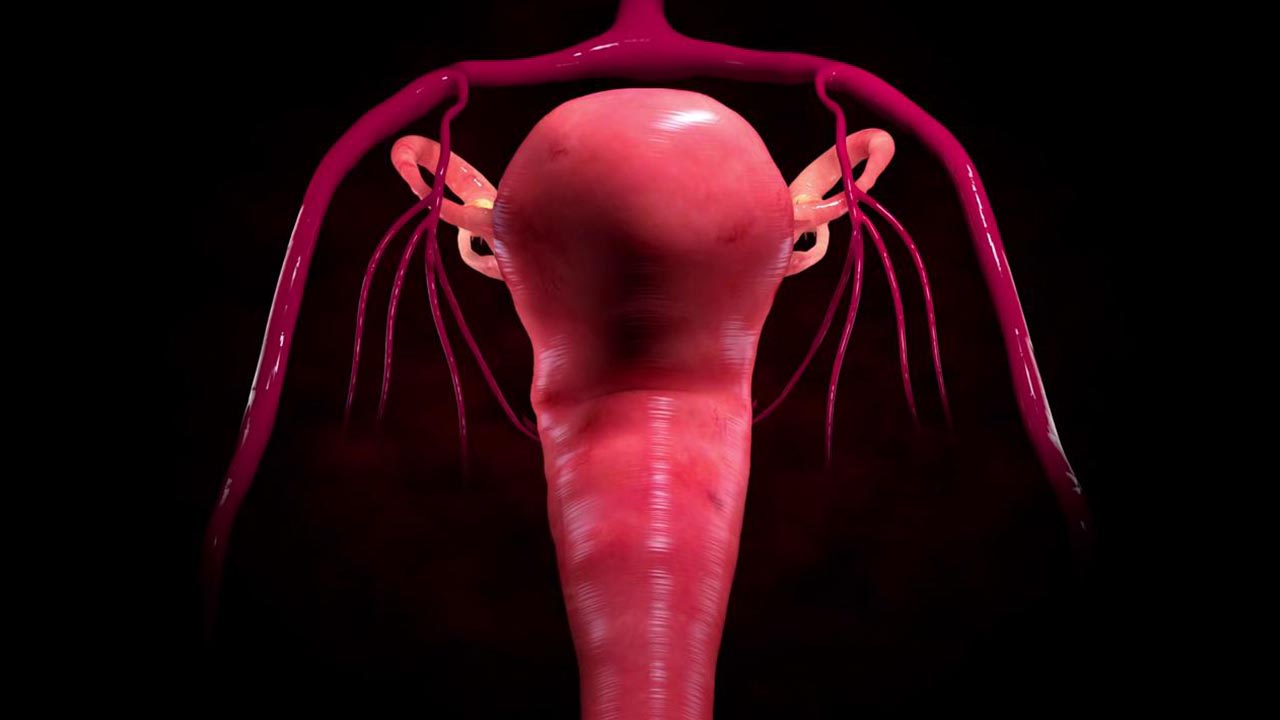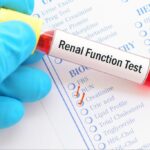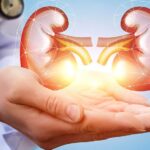The abnormal growth in the uterus is the development of uterine fibroids. Although fibroids are harmless or non-cancerous, they can cause infertility, excessive bleeding, and pelvic pain as symptoms and side effects. If you have uterine fibroids symptoms, an ultrasound is used to diagnose or identify them. The disease has various medical treatments including surgical treatments such as Hysterectomy and minimally invasive treatments such as Uterine Fibroid Embolization.
Common symptoms of Fibroids
- Heavy, prolonged menstrual bleeding, sometimes with clots
- Anemia
- Pelvic pain
- Frequent and hurried urination
- Back and leg pain
- Constipation and bloating
- Infertility is caused by the distortion of the uterine lining
- Abnormally enlarged lower abdomen
Fibroids and cysts
Fibroids and cysts, although confused to be similar, are different formations that can be found in women’s reproductive systems. As a result, similar symptoms like abnormal uterine bleeding, extreme pelvic pain, and the capability of both affecting fertility are why people confuse these two conditions to be the same.
We can differentiate the two by looking deeper into their affected areas. Cysts are always present in the ovaries and fibroids in the uterus. Both health conditions may have similar or different treatment options depending on the patient’s plans and the symptoms experienced.
Fibroids and thyroid
A 2-inch butterfly-shaped gland present at the base of your throat is known as the thyroid. It is another health condition that relates closely to the uterine fibroid and the menstrual cycle. Thyroid and fibroid disease are common in women. Both conditions have their impacts on different areas of one’s body.
A part of the brain known as the hypothalamus is responsible for thyroid-related issues. It is responsible for linking the endocrine system with your nervous system. The hypothalamus decides which hormone is needed in what quantity, depending on the body’s needs. This can also lead to the thyroid gland being overactive or underactive.
Fibroid and effects of menstrual cycles
Menstruation is a normal phenomenon that all women go through, but when the menstrual bleeding lasts more than a normal period i.e. seven days, it is called heavy menstrual bleeding. Uterine fibroids may or may not cause this heavy menstrual bleeding.
Some theories state that as the uterine fibroid grows, it presses against the uterine lining causing it to compress and bleed more. Some state that since the uterus is unable to contract fully due to the presence of uterine fibroid. As a result, the bleeding cannot be stopped. Other theories state that fibroid can cause the blood vessels to grow which further leads to irregular menstrual cycles. It is also believed that fibroid can elevate the levels of hormones i.e. prostaglandins, that in turn increase the blood flow.
What is Uterine fibroid embolization (UFE)?
Uterine fibroid embolization (UFE) prevents blood from flowing through the vessels connected to the uterine fibroids. This non-surgical procedure is utilized as an alternative to a hysterectomy or myomectomy (a surgical procedure to remove fibroids). With no need for surgery, fibroid embolization is a minimally invasive treatment that shortens hospital stays and recovery periods.
For women with fibroids who do not wish to undergo surgery with a protracted recovery period, UFE treatment is the best choice. Moreover, it is a better choice than a hysterectomy for women who intend to conceive. The fibroids will shrink after UFE, and your symptoms, including heavy periods and persistent abdominal pain, may disappear.
With a great success rate, uterine fibroid embolization is a successful surgery. The majority of patients who have the surgery have a significant improvement in their symptoms and a reduction in the size of their uterine fibroids. After UFE, menstruation that had been heavy will typically resume its more regular flow. After embolization, fibroids starve and shrink, similarly to how they naturally do after menopause.
How does Uterine Fibroid Embolization work?
During UFE, a catheter (a tiny tube) is inserted into a leg or wrist blood vessel, directed by fluoroscopic (X-ray) pictures of the blood vessels that nourish the uterine fibroids. To restrict the blood flow to the fibroids, tiny particles are injected. Patients can go home after the fibroids’ blood supply is cut off as the fibroids gradually get smaller during the following few weeks and months.
Treatment options with UFE
Uterine Fibroid embolization comes with very rare post-procedure complications. The ones present can easily be treated. Moreover, the risks that need consideration include the chances of injury, infection fibroid expulsion, etc. UFE is normally recommended to individuals who are symptomatic from their fibroids and the ones who want to avoid surgical methods like hysterectomy. No special preparations need to be done before UFE, the patient should just not intake solid food or beverages before the treatment.




